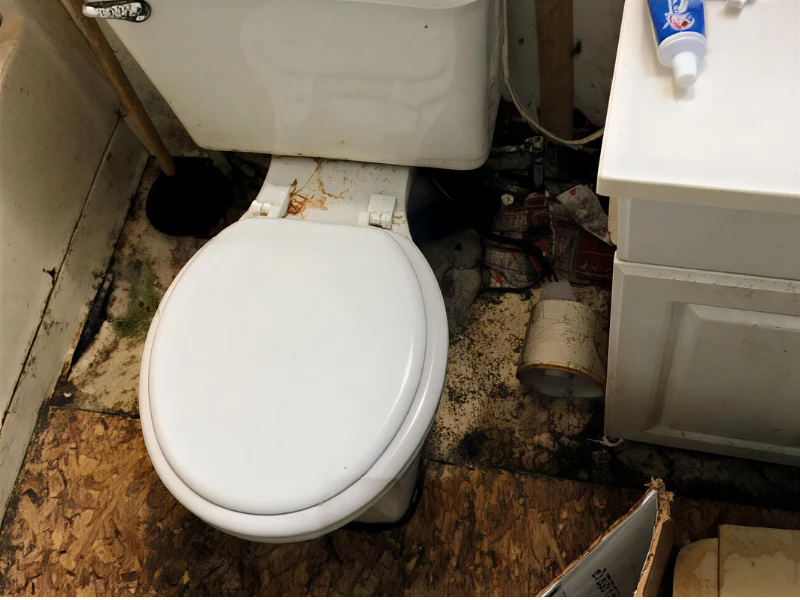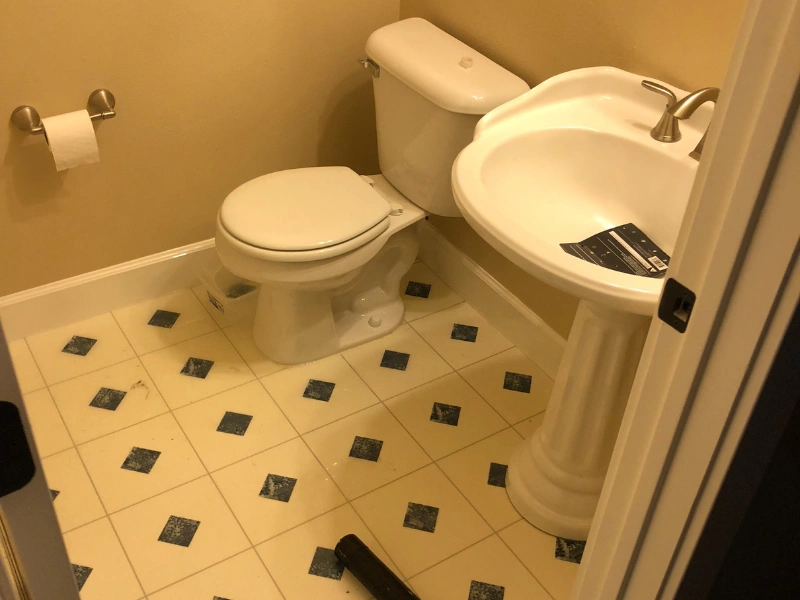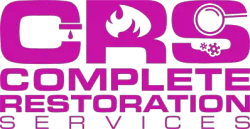Sewage Cleanup

Safe, Fast, Certified
Professional Sewage Cleanup in Idaho
When a sewage backup strikes, quick and professional help is critical. Our certified technicians provide 24/7 sewage cleanup across Boise, Meridian, Nampa, and surrounding Idaho areas.
Using specialized equipment and protective procedures, we safely remove contaminated water, disinfect affected areas, and restore your property. From emergency sewage removal to complete sewage damage restoration, we eliminate hazards and ensure your home or business is clean, safe, and healthy again.
Protecting Your Health and Property
Sewage exposure is dangerous and requires professional attention. Our team handles sewage backup cleaning and biohazard sewage cleanup using advanced safety gear and EPA-approved disinfectants. We respond 24/7 to restore your property fast, protect your health, and prevent long-term contamination.
Our Process
How We Handle Sewage Backups
At Complete Restoration Services, our sewage cleanup process is designed to protect your health and restore your property to a safe, sanitary condition. We stop the spread of contamination and assess the full extent of the damage. Our certified technicians identify the source of the backup, extract standing sewage, and dispose of all biohazard waste safely and legally.
Using industrial-grade pumps, air scrubbers, and dehumidifiers, we eliminate moisture and prevent mold growth.
Once sanitized, we begin sewage damage restoration, replacing flooring, drywall, and insulation where necessary. We also document the entire process for insurance purposes, ensuring a stress-free experience. Serving Boise, Meridian, and Nampa, we provide fast, professional results when it matters most.

Why Immediate Cleanup Matters
Sewage backups are among the most dangerous emergencies a property can face. Within hours, contaminants can spread through walls, flooring, and air systems, creating serious health hazards. Without immediate sewage cleanup, dangerous bacteria and viruses can multiply, damaging your property and putting occupants at risk.
That’s why we provide 24/7 emergency sewage removal and biohazard sewage cleanup handled by certified professionals. Our experts isolate affected areas to prevent contamination, extract wastewater, and thoroughly sanitize all surfaces. We use advanced sewage backup cleaning methods, including HEPA filtration and antimicrobial treatments, to eliminate pathogens and odors.
After the area is cleaned, we perform structural drying and moisture testing to ensure complete sewage damage restoration. Our fast response prevents secondary issues like mold growth, corrosion, or drywall deterioration.
Every project is handled with care, precision, and respect for your home or business. Serving Boise, Meridian, Nampa, and nearby Idaho communities, we restore your property’s safety, cleanliness, and comfort after even the most severe sewage disasters.
Comprehensive Solutions
Complete Sewage Damage Restoration
Our comprehensive sewage cleanup services provide complete restoration, health protection, and peace of mind after a backup or overflow. We begin with fast, professional emergency sewage removal to extract contaminated water, waste, and debris before further damage can occur.
Once the affected areas are secure, our certified technicians conduct full sewage backup cleaning, sanitizing all surfaces using hospital-grade antimicrobial and deodorizing solutions that destroy bacteria, viruses, and fungi. We carefully remove damaged materials such as carpet, drywall, insulation, and baseboards, replacing them according to strict IICRC and EPA standards.
After cleaning and drying are complete, we move on to sewage damage restoration, rebuilding affected areas, and ensuring your home or business is structurally sound, odor-free, and safe to occupy. For high-risk or large-scale contamination, our team performs advanced biohazard sewage cleanup using specialized containment barriers and HEPA air filtration to maintain air purity.
Throughout every stage of the process, we communicate clearly, provide status updates, and work directly with your insurance company to simplify your claim. Serving Boise, Meridian, Nampa, and surrounding Idaho communities, we deliver reliable sewage cleanup and restoration services backed by training, technology, and a commitment to restoring both your property and your peace of mind.
Frequently Asked Questions
Is sewage cleanup dangerous?
Yes. Sewage contains harmful bacteria and pathogens; always call professionals for certified biohazard sewage cleanup.
How fast should the cleanup begin?
Immediately. Emergency sewage removal should start within hours to minimize damage and health risks.
Do you handle sewage cleanup for businesses?
Yes. We provide sewage backup cleaning for residential, commercial, and industrial properties across Idaho.
Can you repair damage after sewage removal?
Absolutely. Our team provides full sewage damage restoration, including repairs and sanitization.
What causes sewage backups?
Common causes include clogs, tree roots, broken pipes, or flooding after heavy rain.
Will my insurance cover sewage cleanup?
Most policies do. We work directly with your provider to simplify the claims process.
Which areas do you serve?
We proudly offer sewage cleanup in Boise, Meridian, Nampa, and surrounding Idaho communities.
